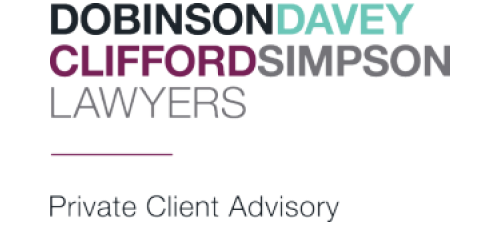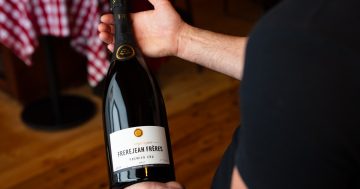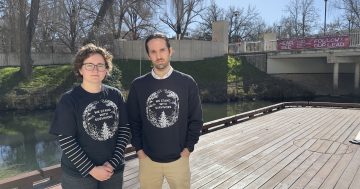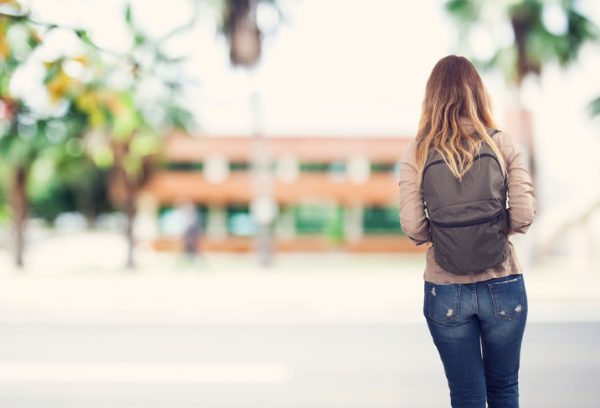
The Change the Course national report found that one in five students had been sexually harassed in universities across Australia in 2016.
The Australian National University has launched an independent review to investigate the factors which contribute to sexual assault and sexual harassment at its student residences.
In response to a recommendation in the Change the Course national report, Nous Group will undertake the review of the ANU’s student residences, and see what influence alcohol and other factors have on sexual harassment and assault.
The Change the Course survey was conducted by the Australian Human Rights Commission to gain an insight into the nature, prevalence and reporting of sexual assault and sexual harassment at Australian universities.
The national report found that one in five students had been sexually harassed in universities across Australia in 2016. The survey also found that 94 per cent of students who were sexually harassed and 87 per cent of students who were sexually assaulted did not make a formal report or complaint to their university.
ANU Vice-Chancellor Professor Brian Schmidt said the ANU’s independent review would examine the role hazing, alcohol and other factors play in sexual assault and sexual harassment.
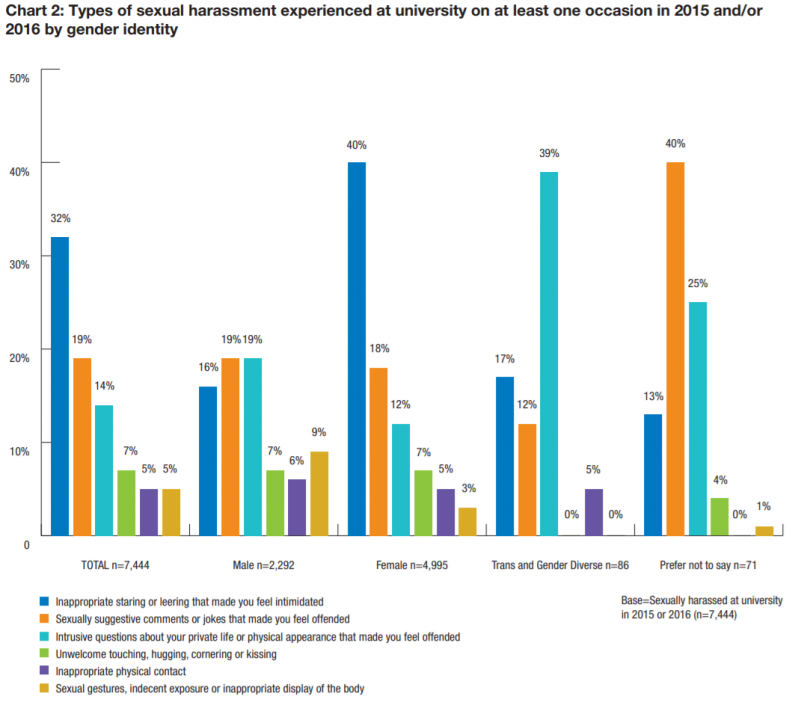
Image: National Report on Sexual Assault and Sexual Harassment at Australian Universities.
Professor Schmidt said the review into its campus would also investigate whether the training of staff and students was adequate.
The review will be guided by the advice of the expert panel selected by Nous Group, which includes Chief Police Officer Justine Saunders from ACT Policing, and retired Vice Admiral Russell Crane who has extensive experience in responding to sexual misconduct in institutional settings.
“The review will explore the culture within individual residences – both ANU-owned and managed, and affiliated residences – and examine the role hazing, alcohol and other factors play in sexual assault and sexual harassment,” Professor Schmidt said.
“The consultants will also examine how student residences respond to reports of sexual assault and sexual harassment including the adequacy of training of staff and students.
“ANU is focused on doing everything we can to ensure our campus is safe for our students, staff and community.
“This review will help us develop a better understanding of what is occurring in our residences and provide us with recommendations to help us create lasting change to improve the safety of students living and studying at our university.”
The review is expected to take six months and the final report is due at the end of November 2018.



